- This course will show you how to find the scale and mode choices that work best with all types of chord progressions used in jazz.
- You will learn to “see” the fundamental connections between the chord and scale “sounds”, all over the guitar fretboard.
- This will give you critical insight into finding, building and using these sounds for your own improvising as well as composing and arranging.
- This is for guitarists who are beginning to work on jazz improvisation.
- It is also great for any guitarists who want to develop a clear understanding of the connection between harmony and melody on the guitar.
- For intermediate students – a basic foundation and background in guitar is strongly suggested.
Product Description
In this course the you will learn 19 different scales and modes on the guitar. You will see clearly how apply them to capture the exact sound of all types of chords used in jazz tunes.
What can this product offer me?
Who is this for?
Lecture list
|
Lecture series 1: Major Scale modes – Starting out with major and minor sounds
|
11:26 | |||
| Lecture 1 | 2:14 | |||
| We look at the improvisor’s job, to understand the construction of the chords so you can choose a scale that fits each one. A demonstration is given of the 3 step process of playing the chord, “spelling” it and then “connecting the dots” to construct one or more possible scales that “capture” the chord “sound”. | ||||
| Lecture 2 | 2:50 | |||
| Looking at the 7 modes of the Major Scale. Seeing how two different modes, Major ( Ionian ) and Lydian, both connect to a major chord sound. | ||||
| Lecture 3 | 2:27 | |||
| Here you will see an example of how to build several different types of major chords by choosing different notes from the scales, which give you different colors in the chords. | ||||
| Lecture 4 | 2:14 | |||
| Looking at the three different modes, Aeolian, Dorian and Phrygian, that all connect to a minor chord sound. | ||||
| Lecture 5 | 2:02 | |||
| Looking at these two minor modes and seeing the simple difference between them. Again, by choosing the notes that are unique to each scale you can get different sounds in the chords. | ||||
|
Lecture series 2: More Modes of the Major Scale
|
11:44 | |||
| Lecture 6 | 2:33 | |||
| A simple demonstration of improvisation over vamps in both major and minor, and seeing how you can combine the sounds from different modes. | ||||
| Lecture 7 | 2:31 | |||
| This “Spanish” sounding scale also captures minor, but has an unusual sound because of the “flat” 2. That sound can also be brought into the chord, and a example vamp is shown. | ||||
| Lecture 8 | 2:46 | |||
| This scale captures the sound of a minor7b5 chord, an important sound in Jazz. Again you will see how to “spell” the chord and “connect” the dots. | ||||
| Lecture 9 | 2:13 | |||
| Building this very important sound as a scale and 7th chord, followed by a short improvisation example using the scale. | ||||
| Lecture 10 | 1:58 | |||
| The seven modes of the major scale have been covered, and these modes ( scales ) are always exactly the same. You have learned that you can start with any scale and build arpeggios and chords in many different ways. Or you can start with any chord and find the scales that connect to it. | ||||
|
Lecture series 3: Seeing Dorian minor two different ways
|
11:42 | |||
| Lecture 11 | 2:20 | |||
| First a look at how modes can be seen as part of a larger tonal center or key. The example is D dorian and G mixolydian as part of the key of C major. Then an introduction to the tune So What, a famous jazz composition that is in the tonal center of D dorian. | ||||
| Lecture 12 | 2:45 | |||
| Looking first at the “call and response” melody of So What, which uses only notes from the D dorian mode. The first part is a bassline, and the response is in chords. Here the tonal center is D Dorian, not C major – even though it is a mode of C major. So this is an example of thinking “”modally””. | ||||
| Lecture 13 | 2:41 | |||
| To build this Dorian “sound” in a different part of the neck from where you learned it before, you first find the main notes of the chord ( Root, 3rd, 5th ) and then “connect the dots” with the other scale notes to create the whole mode. This is your “playground” for that sound in that part of the neck, to play melodies, chords and improvise. | ||||
| Lecture 14 | 2:48 | |||
| Here is an example of moving through an entire scale with chords. To start, use the top two strings and play the scale in 3rds or 4ths, then add another string and play three note chords. 4ths work especially well. This is a concept that can open up ANY scale into a world of chord possibilities. | ||||
| Lecture 15 | 1:32 | |||
| A review of how to build a sound – here D Dorian mode – in a different part of the neck, and how to connect chord shapes through the whole scale. Also, the difference between a modal approach to a sound and thinking of it as part of a key. | ||||
|
Lecture series 4: Major and Minor keys, and more 7th sounds
|
11:11 | |||
| Lecture 16 | 1:58 | |||
| Any major key “contains” all of the 7 modes. So, when those 7 chord sounds are used in relation to that major key you don’t have to think of them as separate scales. An example is given with a ii-V-! in C major ( Dm7, G7, Cmaj7 ). Rather than think of three modes, you can simply divide the “parent” scale into separate parts. The main notes ( 1-3 and 5 ) for the I chord and the “in between” notes ( 2, 4, 6 and 7 ) for the ii and V chords. | ||||
| Lecture 17 | 2:52 | |||
| Here are examples of dividing major and minor keys into two parts. First, the 3 “main” notes of the home key, then the 4 “in-between” notes that give you the sound of the ii and V chords. For the minor key you are introduced to the Harmonic minor scale ( beginning of Scales 3 sheet ). You see how to capture the sounds of the whole ii-V-I within just one scale without having to think of 3 different modes. This exercise also teaches you to connect melodically from one sound to the other. | ||||
| Lecture 18 | 2:36 | |||
| A look at the 5th mode of Harmonic Minor, which connects to another 7th type chord. This is a very important scale which captures the most “inside” sound of the V chord when you are in a minor key ( as Mixolydian does in a major key ). | ||||
| Lecture 19 | 2:13 | |||
| Two more great 7th sound modes are introduced, both from the Scales 2 sheet ( 7 modes of Melodic Minor ). Here we look at the 4th mode. This is a variation of Mixolydian with just the 4th note raised, and the scale sound of #4 becomes the #11 in the chord. A short demonstration of how the scale notes 2, 4 and 6 become the chord notes 9, 11 and 13 is given at the end. | ||||
| Lecture 20 | 1:50 | |||
| The other mode from Melodic Minor that is very widely used on 7th chords is the Diminished/Whole Tone Scale ( 7th mode of Melodic Minor ).This is also known as the Altered Scale because it contains the “altered” 9s and 5s (b9,#9 and b5, #5). | ||||
|
Lecture series 5: More 7th chord sounds
|
11:20 | |||
| Lecture 21 | 2:43 | |||
| Looking again at this scale, and the chord it connects to – Dom7#5#9 – and seeing that this is only mode that would connect completely to that very strong chord sound. | ||||
| Lecture 22 | 2:01 | |||
| From Scales 3, this is an 8 note “symmetrical” scale, made up of alternating 1/2 steps and whole steps. Just like Mixolydian, it exactly connects to a 7th chord, but the “in between” notes give you a lot of sounds that are different – b9, #9 and #11, as well as 13. | ||||
| Lecture 23 | 2:21 | |||
| The other symmetrical scale for a 7th chord sound is Whole Tone, a 6 note scale made up of just whole steps. The scale is demonstrated as well as some chords that can be built from the scale – also shown are a few chord possibilities from the previous scale. | ||||
| Lecture 24 | 2:35 | |||
| Using a simple vamp, here is a short demonstration of practicing the 6 modes that fit over 7th chords, starting to improvise with each of them, all in one “playground” of the neck. | ||||
| Lecture 25 | 1:58 | |||
| Again working with the 7th sounds over a vamp, but now “”connecting”” into the I chord, either major or minor. This adds another crucial level to pay attention to in the process, which is being aware of where you are AND of where you are going to. | ||||
|
Lecture series 6: Seeing how 7th chords connect
|
10:43 | |||
| Lecture 26 | 2:38 | |||
| We take the first two chords from song “Spring is Here” – Abdim to Abmaj7 – and create a vamp from that. Using this practical example from a standard tune we create a vamp to practice the diminished scale on and then connect it melodically into the major scale. Again, the connecting part adds a critically important element to the exercise, which can be applied to any tune. | ||||
| Lecture 27 | 2:27 | |||
| Here I play just the chord sounds for the 5 remaining Melodic Minor modes (the 1st, 2nd, 3rd, 5th and 6th ) – First I play the chords as given on the sheet, with the root in bass. Then I also play variations of each, leaving out the root and adding a note on the high string. This is just one example of how you can build many variations of any chord sound. | ||||
| Lecture 28 | 2:36 | |||
| With a metronome I play the arpeggio and scale for the first 3 of these modes ( Melodic Minor, Dorian b2 and Lydian Augmented ) – I didn’t demonstrate the 5th and 6th modes because at this point, if you’ve done all the work in the previous lessons, you understand how the process works. So you can go to scale sheets and use the numbers to build the scales and arpeggios yourself – That is what the course is all about! | ||||
| Lecture 29 | 2:16 | |||
| Here I talk about building ANY of the modes in another part of the neck, starting from the root on the 5th string. If you can “see” the sounds – chords/scales – built up and “spreading out” from the roots on the 6th and 5th strings, you’ll see that you can cover almost the entire neck for any sound in any key! Start with major and minor, and of course be patient, it takes time, but it will really open up the guitar for you. | ||||
| Lecture 30 | 1:00 | |||
| I believe that this course can help you make much better and clearer connections between chords and scales, and to be able to find them all over the instrument. As you take the time to work with the concepts they open doors to explore and create new musical ideas for as long as you play the instrument. | ||||
Curriculum
Instructor Biography
Paul Meyers has gained a reputation as one of the top jazz guitarists of our time. With an original technique on the classical guitar he has combined a deep understanding of the jazz tradition with strong influences of Brazilian, Latin and classical music to create a truly unique sound and concept.
Paul has performed and recorded with an ever growing list of jazz greats – Geri Allen, Karrin Allyson, Kenny Barron, Bruce Barth, Ron Carter, Eliane Elias, Eddie Gomez, Jovino Santos Neto, Rufus Reid, Claudio Roditi, Annie Ross and David Sanchez to name a few. He’s also toured worldwide for many years with two of the greatest jazz singers ever – Jon Hendricks (since 1993) and Andy Bey (from 1997 to 2008). Paul performed in Argentina and the US with vibraphonist Gary Burton, who recorded Paul’s tune Panama on his “Reunion” CD with Pat Metheny.
Others include Brasil & Company, an all Brazilian CD with the great vocalist Vera Mara, and Euforia, an envelope pushing Latin Jazz trio with great Panamanian bassist/composer Santi Debriano and Brazilian drummer Vanderlei Pereira. Paul and Santi also reunited for a duo CD, Spirit and Samba. Earlier recordings include the unigue cello, bass and guitar ensemble Trio Concertant, first runner-up for best chamber music CD of 1992, and a jazz trio album, Blues for Henry Miller.
As a sideman: Paul has contributed to many CDs, notably three with Andy Bey – the Grammy nominated American Song, Tuesdays in Chinatown and Shades of Bey. He toured with the great Argentinian pianist/composer Pablo Zeigler, who featured Paul along with Stephon Harris on the live CD Tango meets Jazz. Others include Hearts and Minds with Susannah McCorkle, 4 on 6 x 5 with the New York Jazz Guitar Ensemble and three Latin/Brazilian jazz recordings featuring all original music – Obeah with Santi Debriano, Utatuba with Kimson Plaut and Lucky with Hans Teuber. As a performer he has been in great demand as a sideman in New York and on tour.
As an educator and clinician: Paul has taught master classes and workshops in many places including Argentina, Hawaii, Alaska and Ottawa. The Director of the Seattle Jazz Guitar Society, Micheal Biller, said:”The other side of Paul Meyers is as a teacher|clinician. Mr. Meyers has a unique ability to approach highly complex musical subjects and present each component in a practical yet multi-faceted way that allows participants to begin playing portions at tonight’s gig, jam session or rehearsal…while perfecting the premise over a lifetime.”
Paul teaches jazz guitar, improvisation and coaches jazz and Brazilian ensembles at William Patterson University (since 1988) and at New Jersey City University (since 1993), and he also taught at the first year of the Jazz for Teens program at NJPAC in Newark.
Testimonies and Quotes
“…one of the most eloquent jazz guitarists since Kenny Burrell…”
“With his gleaming tone, assured rhythmic stance and rich sense of melody, PaulMeyers makes a very persuasive guitarist.”
“First of all, Paul Meyers is a brilliant musician, but most of all he has a broad
musical concept. He has such great sensitivity where you can feel the music
coming out of his guitar and not just hear the notes. I know this will continue to
serve him well, always.”
Reviews
Photography Masterclass: Your Complete Guide to Photography

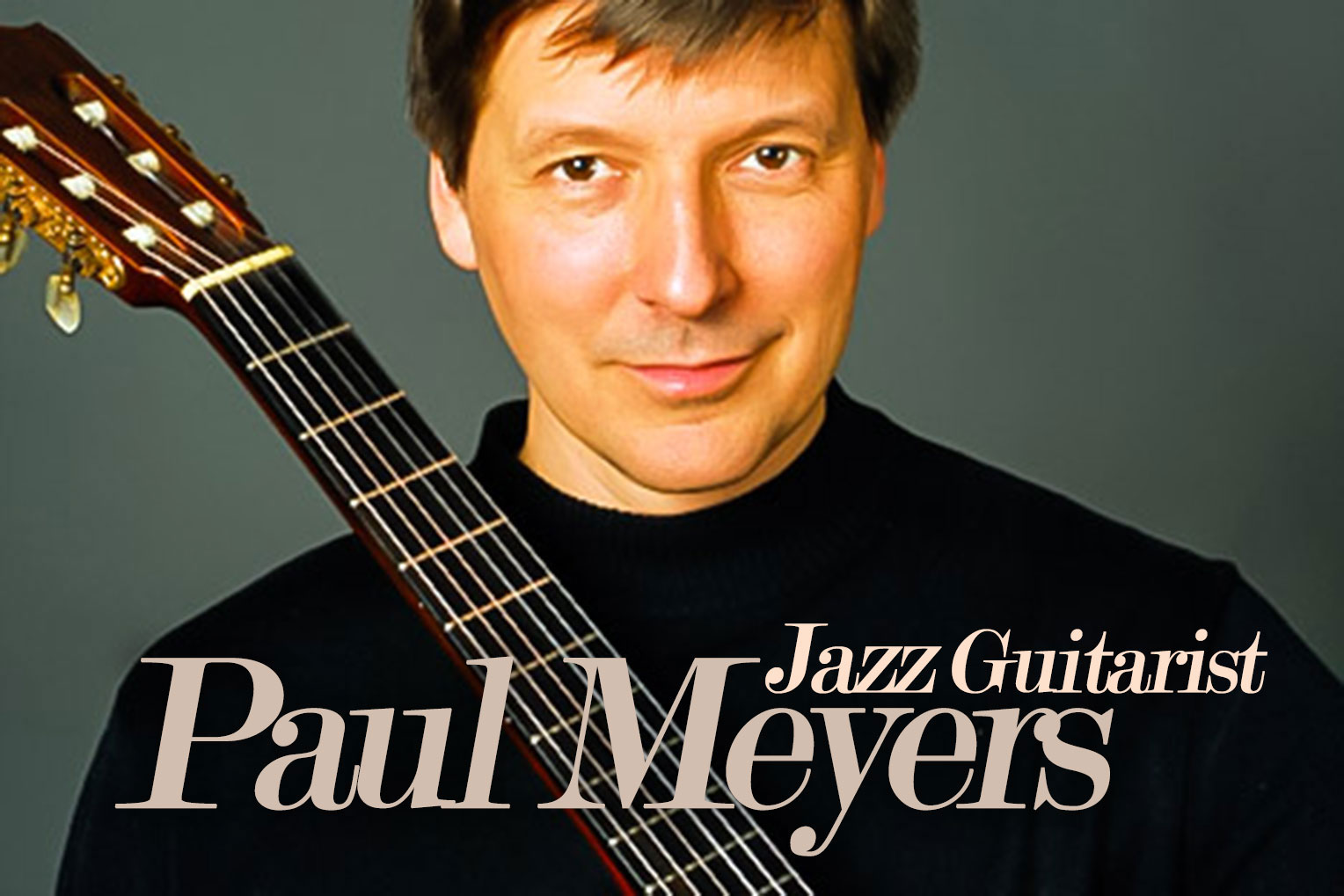
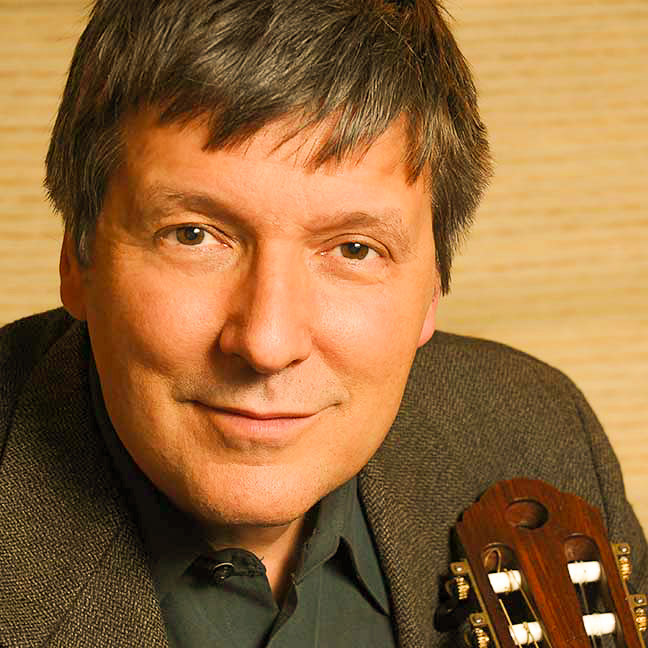
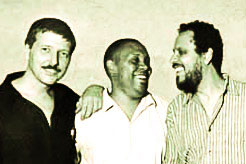
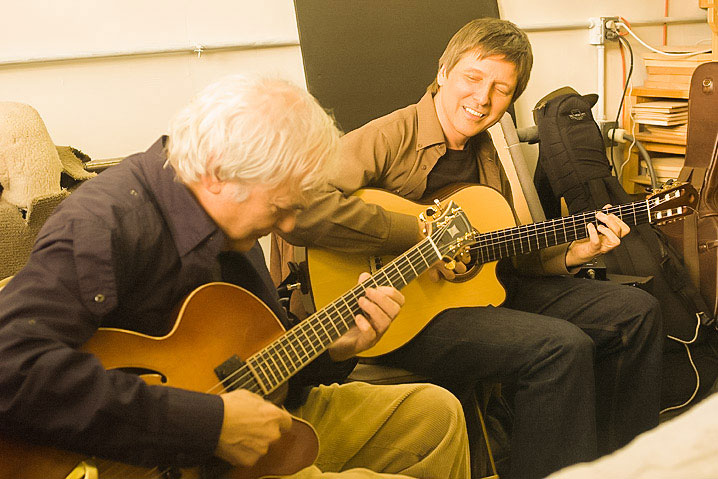
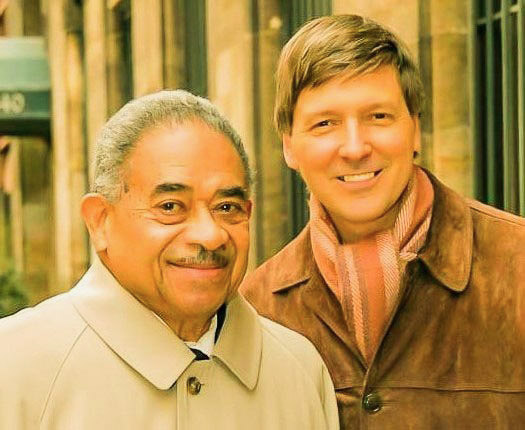
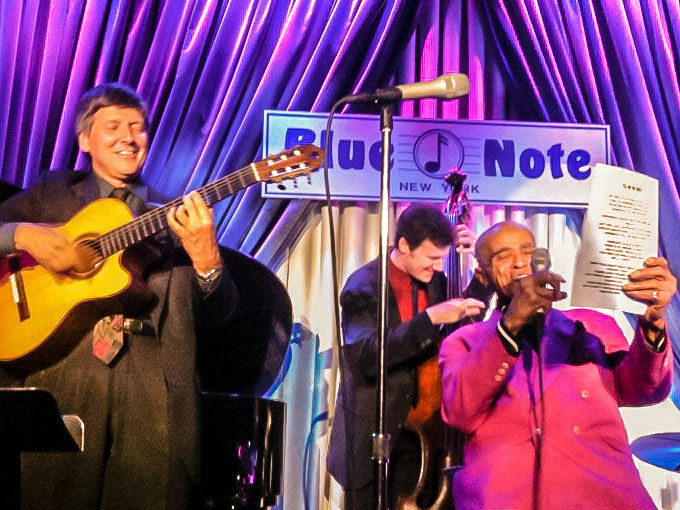

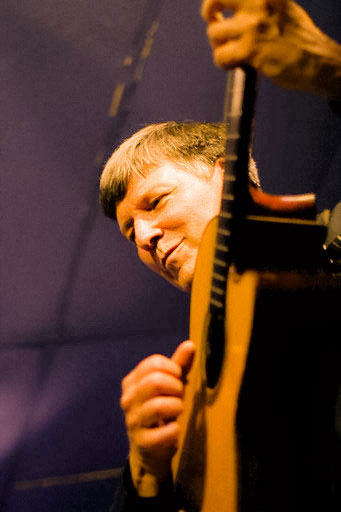

Related courses students viewed


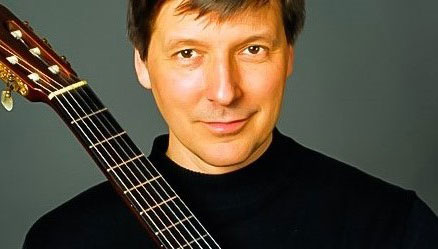

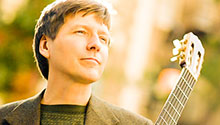
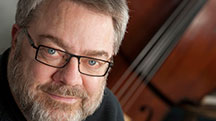
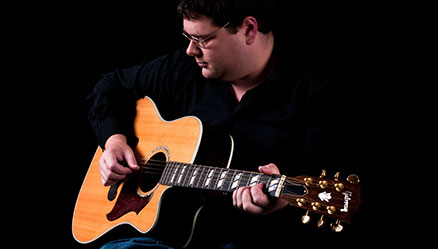

“I really can’t say enough good things about this course. Paul’s method is the first and only time I heard someone talk about improvising off of the chord shapes. What a great approach for someone like me who knows chords but is not yet a fluent improviser. Trying to improvise with scales never seemed to work well for me. But starting out with the guide tones and the neighbors is just so musical right away. I think Paul’s method is brilliant…and that is coming from someone who is a “”collector”” of numerous guitar instructional videos, books, methods, etc. I’m taking my time with the course and really trying to absorb it. When I’m done, I hope by that time he has a part two. “